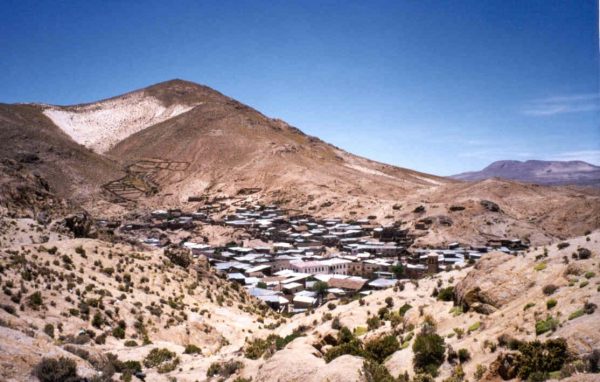What do silver thieves, the German Enlightenment, the language of engineers, cinema, and the U.S. Congress all have in common? A set of College of Liberal Arts faculty who share a deep curiosity for the world around them and who all received a 2018 Ann Gill Faculty Development Award to propel their research.
The Ann Gill Faculty Development Award is funded through the generosity of Great Conversations members, whose membership gifts support faculty scholarship through professional development grants. It is through this funding that our faculty can remain on the cutting edge of their disciplines, developing new knowledge and new capabilities that in turn will benefit the students who work and learn alongside them.
This year’s grant recipients exemplify the scholarship that weaves stories of our deep human connection and answer questions that affect our communities now and long into the future.
Conquistadors, Tin Barons, and Silver Thieves: Indigenous Labor and Small-scale Metal Production in Porco, Bolivia

Silver mining is a dangerous business. The precious metal, once an integral part of Inca spiritual tradition, has been at the center of long-running cultural and political conflicts in Porco, Bolivia.
Silver mining in Porco first began with the Inca, who extracted the ore from a caldera formed millions of years ago by a volcanic eruption and used the metal to embellish their temples in Cusco. In 1538 the Spanish conquered the region, forcing the indigenous populations to work in the mines. The silver industry flourished, transforming local Bolivian communities, increasing trade in Europe, and even touching as far as Japan. Silver played a major role in European expansion and is woven into the history of the Americas.
Professor Mary Van Buren from the Department of Anthropology knows first-hand just how dangerous both the mining and the conflict can be. Van Buren, a historical archaeologist, is curious about how the emergence of silver mining impacted indigenous workers in the past and how this legacy shapes current conflicts between large and small-scale producers. Today, the region is still primarily populated with indigenous communities, but the ownership of the mines, which have expanded to include lead, tin, antimony, and zinc, are owned by major global corporations and state businesses.
Due in large part to the severe poverty in southern Bolivia, locals are forced to mine in order to survive. Living in the shadows of the industrial mines are small-scale, “cooperative” miners, who contest the control that large mining companies have over mineral resources by engaging in political upheaval and strikes. The intensity of the conflict between these two groups culminated when cooperative miners challenged the central government over a new set of tax laws. The miners blockaded the roads in the vicinity of Porco, and then set fire to a local governor’s office.
This summer, Van Buren will use her Ann Gill Faculty Development funding to travel back to Porco, Bolivia, where she will interview Porco locals and cooperative miners to learn more about how they view conflicts with large mining enterprises, as well as their understanding of both the economic and ritual nature of the landscape. Her research will culminate in a book manuscript.
“The conflict between the cooperative, small-scale miners and the large mining companies is more complex than simple injustice,” explains Van Buren. “There is a specific historical trajectory that led us to this point. Tracing this history and then comparing it to other regions of the world where such conflicts are common allows us to understand why these problems exist and might provide insight into how they could be resolved in the future.”
Turning the Soul: Religious Conversion and the German Enlightenment
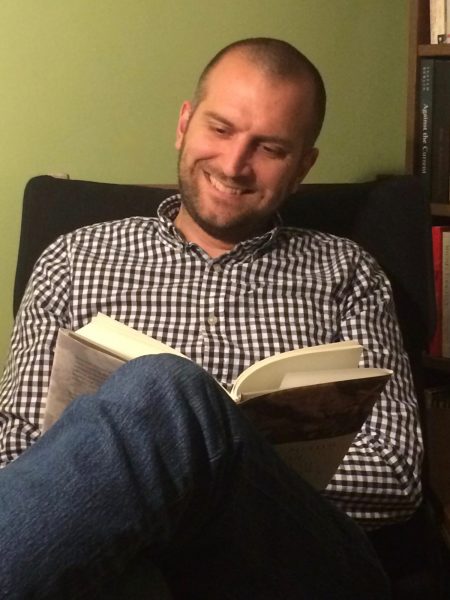
It may be difficult to find the connection between the spectacle of an 18th century public execution and the tradition of the all-American road trip, but for Dr. Peter Erickson, assistant professor of German, both play a central role in a long history of conversion narratives.
Many walking to the gallows in 18th century Prussia were accompanied by a Lutheran minister, who provided a final opportunity for evangelical conversion, an offering of peace to distressed prisoners before death. For state officials, who relied on the terrifying public spectacle to maintain order and denounce crime, a religious conversion in the middle of the public sphere challenged the fear-based purpose of these executions. The question of where the division between secular and religious practices belong has continued through the present day.
“The goal of my project is to construct a bridge between secular and evangelical communities to show just how deep the historical connections are,” shares Erickson. “Secular institutions often have deep religious ties, which informs many of the debates happening today.”
This summer, Erickson will use his Ann Gill Faculty Development Award to travel to Germany, where he will study 18th century manuscripts featuring conversion narratives and reflective accounts from the ministers themselves as they escorted prisoners to the scaffold. Erikson has found that as the century progressed, moving into the 19th and 20th centuries, conversion narratives expanded beyond religious conversion to personal transformation through art and travel.
“The concept of the road trip is so familiar to Americans that we don’t really think about where the concept came from,” explains Erickson. “But this tradition was first born out of the fervor of religious conversions, when many were looking for a secular substitute for this spiritual experience.”
The concept of self-growth through travel was first established during the railroad boom and introduction of luxury ocean liners. Suddenly, the broader public was able to afford these inspiring journeys, often describing their experiences as ‘transformational’ using language reminiscent of those early conversion narratives.
Erickson’s research will culminate in a book manuscript on religious conversion narratives and how these narratives have shaped secular transformation stories. His book will end, not on a road trip, but in an art museum to share how the historic rise of museums provided an even more accessible secular substitute for personal transformation.
Discipline-specific use of language patterns: The case of Engineering
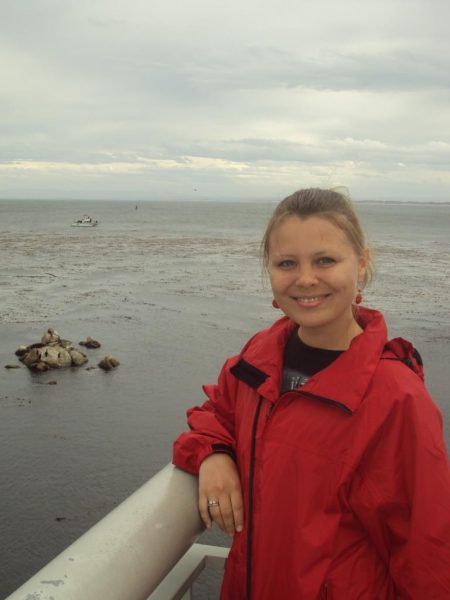
Dr. Tatiana Nekrasova-Beker, assistant professor of English, who is bilingual in Russian and English can now claim to be trilingual, adding engineering to her language fluency. Nekrasova-Beker’s curiosity about engineering-specific language was first peaked while completing her Ph.D. dissertation research in Russia. Nekrasova-Beker taught English as a Second Language courses to Russian engineering students and quickly found her students struggling to explain their engineering concepts, not due to the complexity of the concepts, but due to their difficulty understanding English language conventions used in the field.
“I’ve worked with second language learners throughout my whole career,” shares Nekrasova-Beker. “Being bilingual myself, I can better understand where the challenges are in learning a new language and can better address them.”
With a specialty in TESL/TEFL (teaching English as a second (or foreign) language), Nekrasova-Beker sees the same issues with second-language learners at CSU who come to the engineering classrooms with the background to master the concepts, but struggle to accurately construct sentences and use them appropriately. When a student enters the classroom, they are expected to engage with the content they are learning, process large amounts of information, and then articulate their ideas using discipline-specific language. Often, students are able to gain the vocabulary needed to succeed, but the subtle quirks in sentence construction are more difficult to master and can reveal if you are a native speaker, or when misunderstood, can impede comprehension.
Through collaborations across campus, Nekrasova-Beker has worked in engineering classrooms to provide support to second language learners, teaching English writing skills alongside engineering concepts.
“By directly explaining how engineering terms and sentence structure are used, students are able to speak and write with more clarity and confidence,” shares Nekrasova-Beker.
Nekrasova-Beker will use her Ann Gill Faculty Development Award funding this summer to translate her work into a larger research project that will focus on phrase-frame use and language characteristics specific to the field of engineering to explore overlaps in language usage between different engineering sub-disciplines such as civil, biomedical, and mechanical engineering. Her final report will support other ESL teachers to better introduce and teach discipline-specific discourse practices in composition, discipline writing, and second language classrooms.

Budgetary Maneuverability and Legislative Productivity in the U.S. Congress
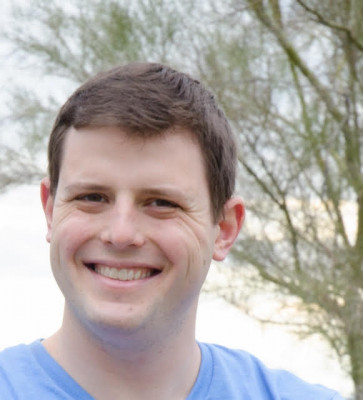
Congressional productivity is at an historic low – as is their approval rating, which averaged a bleak 19% in 2017. The last full session of Congress was the least productive in history. Many Americans blame an extremely polarized political environment.
“Parties at the national level have been polarized in the same extreme in previous eras. There has to be something else behind this low productivity,” shares political science assistant professor, Matthew Hitt.
Driven by this question, Hitt became interested in what roadblocks were impeding Congressional productivity (the number of policies or bills introduced on the floor, make it out of committee debate, and are eventually passed).
From his research, Hitt began to see a trend in budget policy throughout the last century: voter-led policies from decades ago that continue to affect the government’s ability to spend money. Is it possible that Americans have unintentionally hindered the government from doing its work?
“The best way to describe what is happening is if I promised 80% of my children’s future salaries. They are only 1 and 4 years old,” explains Hitt.
Today, when the federal budget is announced, the majority of those dollars are dedicated to mandatory spending programs – some of which were established decades ago. Thus, when Congress is in session most of what they have to work with is already spoken for.
“When you couple this budget crunch with how challenging it already is to make policy, it is difficult to compromise on policy because there is no maneuverability in the budget,” explains Hitt.
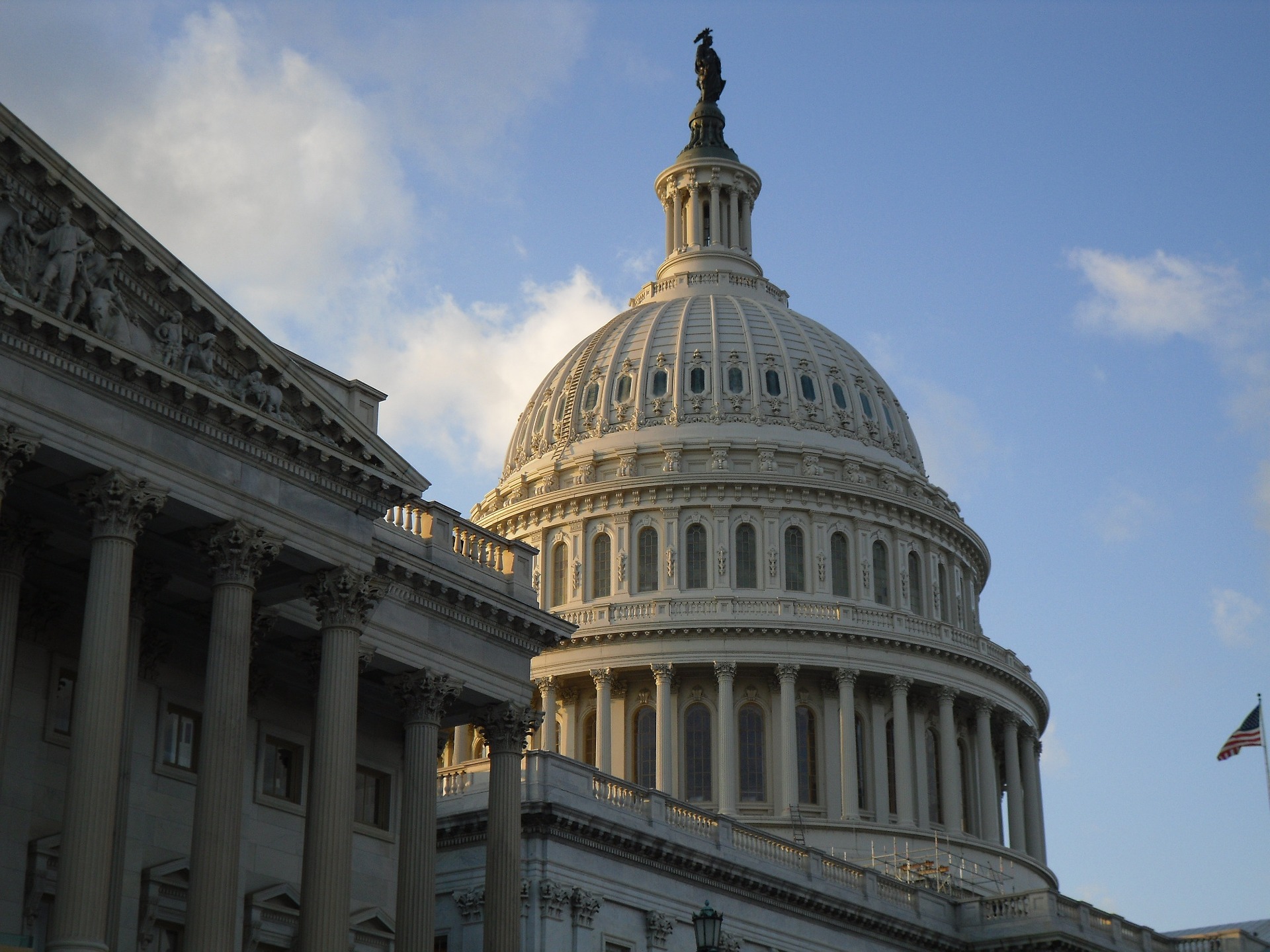
Hitt will use his Ann Gill Faculty Development Award funding this summer to interview “folks on the hill” about his hypothesis and to run a statistical analysis to see if Congressional productivity is primarily hindered by budget constraints or if there are other larger factors at play.
If his hypothesis is supported, he hopes to share this information to better educate voters and politicians about the implications of voting on mandatory spending. Instead, he hopes to show how we need to build budget flexibility in order to be able to respond to new needs and challenges facing the government.
“This isn’t about a specific policy or political party,” shares Hitt. “We all need to be better informed about the trade-offs when we tell the government they have to spend the budget a certain way. We don’t want to tie the hands of our children, who will need to respond to very different challenges in the future than we face today.”
Expanded Cinema
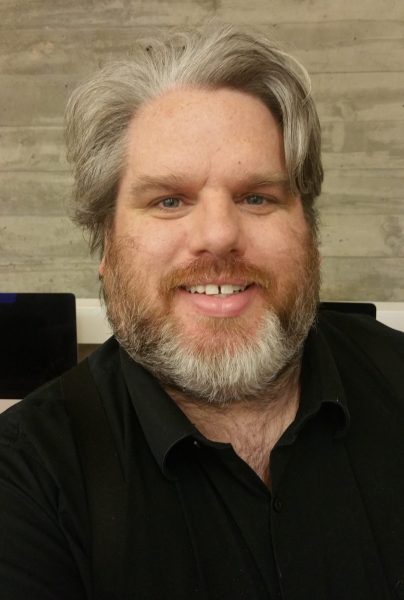
How do we receive information? How do we really experience the world around us, and how do we use that information to develop our identity?
These are a few of the questions driving the creative scholarship and artistry of Department of Art and Art History assistant professor, Jason Bernagozzi. Known for his experimental video techniques, he will use his Ann Gill Faculty Development Award funding to build new video processing systems from scratch, which he will use to film and produce his first feature-length experimental film.
Through this new video technology, Bernagozzi disrupts his audience’s core understanding of cinema, expanding outside of the black box and screen. A few unique techniques he uses to create new relationships between the camera and its subject includes data-moshing (a process of rupturing pixels on screen to distort the image), images smearing like paint, and viewers watching the actual video code reveal itself on-screen.
“When we talk about watching a movie, we often talk about ‘special effects,’ ways of making something that is not real, look real,” shares Bernagozzi. “With these techniques, I can encourage viewers to think about cinema, about illusions, differently. They are experiencing the story and processing the message in a different way when they are aware of this illusion.”
Bernagozzi’s upcoming film is focused on mycelium systems – the process by which mushrooms grow and how the forest exchanges proteins and sugars amongst itself. The hard-to-imagine concept of mycelium systems suddenly becomes ‘real’ when a team of sound technicians and mycology experts discover that this “intranet of the forest” (the mycelium systems) can be manipulated, allowing the researchers themselves to send and receive messages to the forest.
“Audiences are hungry for new ways of experiencing cinema,” explains Bernagozzi. “We watch cinema everywhere – from the doctor’s office lobby to our phones when riding the bus. Media is going to continue to impact our world and how we see it long into the future.”
As Bernagozzi plays with new techniques, he hopes that these new ways of experiencing cinema also translate into exploring new ways we experience reality itself.
You can participate in meaningful conversation around College of Liberal Arts research and make an impact on future faculty scholarship by becoming a member of Great Conversations. Learn more at GreatConversations.

